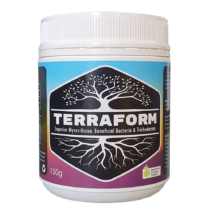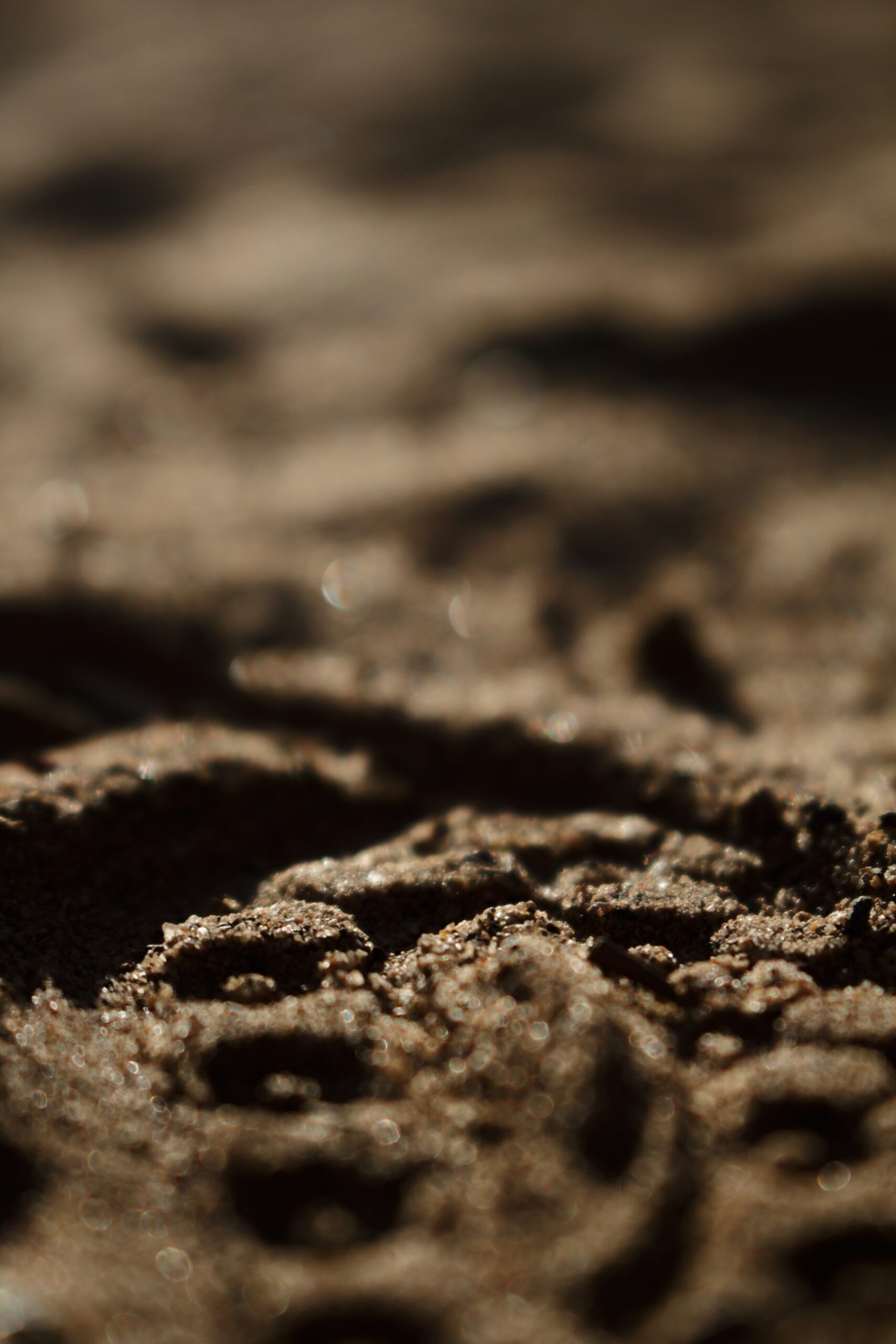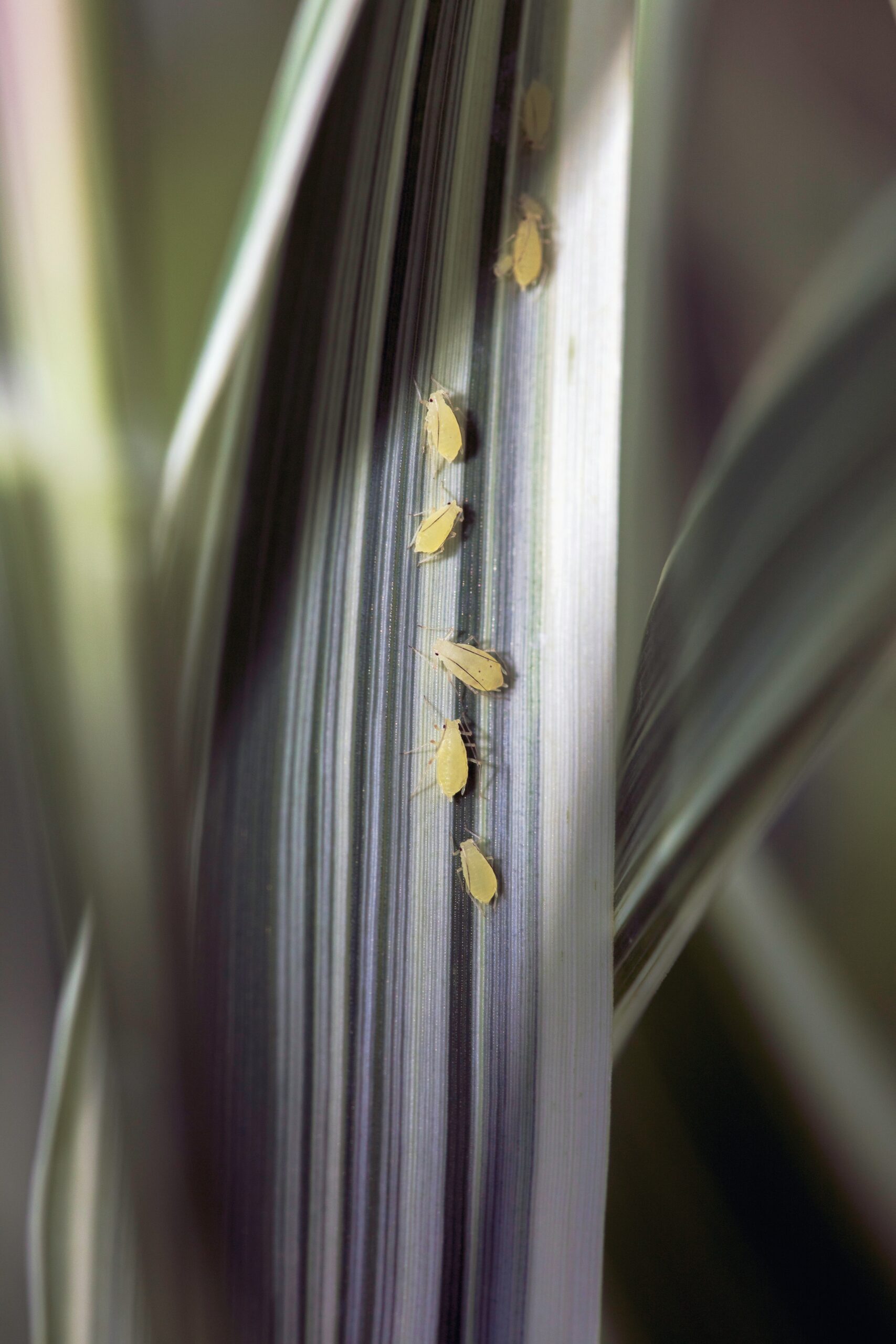What are mycorrhizae?
What are mycorrhizae and why are they so important in plant production? The word “mycorrhizae” is derived from Greek mýkēs, “fungus”, and rhiza, “root”. As the name suggests, mycorrhizae are fungi that have a symbiotic relationship with the rhizosphere of plants – the root system. The role of mycorrhizae in plant nutrition is often overlooked because they exist in the unseen microbial world. In nature, mycorrhizae are required for the survival of all plants.
Mycorrhizae play an important role in plant nutrition and soil biology. The relationship between the plant and mycorrhizae is symbiotic, meaning both the plant and fungus benefit from each other. Mycorrhizal relationships are complex and not fully understood and relatively few mycorrhizal relationships between plant species and fungi have been examined to date. However, we know that mycorrhizae absorb nutrients from the soil and pass them to the plant, and the fungus, which cannot photosynthesize, receives all of its necessary carbohydrates from the host plant.
Mycorrhizae create a root-like filamentous network, or “hyphae”, that extends beyond the plant roots into the soil. This network absorbs nutrients and transports them to the host plant, increasing the surface area of the plant’s root system and the potential uptake of nutrients.
Benefits of mycorrhizae
Mycorrhizae allow plants to draw more nutrients and water from the soil protecting plants against deficiencies and preventing build-up of salts in the substrate. In addition to increasing the uptake of nutrients, mycorrhizae can provide protection against soil-borne pathogens and increase plant tolerance to various environmental stressors such as drought, high temperatures, salinity, and pH imbalances. They also stimulate microbial activity in the soil.
- Increase the plant’s tolerance against drought, frost, salt, toxic metals and extreme pH and temperature fluctuations
- Enhance the plant’s growth and vigour through a vibrant and active soil life
- Stimulate rooting, flowering and fruit formation through the production of growth hormones
- Strengthen plant leaves through enhanced absorption of silicon
- Through the secretion of sticky polysaccharides and its hyphal threads, mycorrhiza itself contributes substantially towards the development of an improved soil structure
- Produce more vigorous and healthy plants
- Increase plant establishment and survival at seeding or transplanting
- Increase yields and crop quality
- Optimize fertilizers use, especially phosphorus
- Increase tolerance to soil salinity
- Reduce disease occurrence
How to use mycorrhizae
Most commercially available substrates used in hydroponics do not contain adequate mycorrhizae. This is often compensated for by growers with additives such as Great White® Premium Mycorrhizae, Terraform Beneficial Bacteria and Mycorrhizae Fungi. Generally, these additives can be used during all stages of growth.
Application of mycorrhizae additives is usually focused on the roots. However always follow the instructions for the particular product you are using. Mycorrhizae are generally quite simple to apply and cannot be overused. They can be used in soils, coco and all hydroponics system such as aeroponics, cloning machines, deep water culture, ebb and flo, NFT and undercurrent.









